Your next adventure: Dublin, Ireland
Join National Geographic photographer Jonathan Irish as he captures the very best of Ireland’s lively capital city.

If there was a competition for pretty cities, Dublin would easily take the top prize. There’s no question that Ireland’s capital is gorgeous, thanks to a mix of cobblestone streets, red-brick facades, and well-designed green spaces. On top of that, it offers something for everyone—from backpacking students to active retirees.
National Geographic photographer Jonathan Irish recently visited Dublin to capture the essence of this vibrant destination—a place teeming with history and culture.
“As a photographer, you’re always looking for the heart of the city,” Jonathan says. And he found it—in urban parks, storied pubs, iconic establishments, and one-of-a-kind shops. Discover Dublin, Ireland through Jonathan's lens, and see why this city should be your next adventure.
A Thriving Pub Scene
While 'Pub-lin' isn't its common nickname, it would aptly suit this city, given it's home to over 770 pubs. Most visitors start with Temple Bar in central Dublin, an iconic namesake pub famous for a good Irish “craic”―great fun, live music, and boisterous crowds.

Tourists come for the Instagrammable backdrop and extensive drink list at what is arguably the most famous of the dozens of pubs in the neighborhood. Though around the corner (about an eight-minute walk away), there’s a completely different vibe at Grogan’s Castle Lounge. Here, you won't find TVs blaring or loud music playing; instead, patrons engage in intimate conversations with each other. This is a place that encourages visitors to be friendly and neighborly.
"Pubs are the heart of the social life in the city. You don’t go there to watch TV. You don’t go there to stay on your phone. You go there to converse with other people and socialize."Jonathan Irish, National Geographic Photographer
Jonathan recommends the specialty at Grogan’s: a ham and Irish cheddar cheese toastie with a pot of Irish tea. (You can ask the bartender to make it “special” with sliced onions and tomatoes or dot it with Colmans yellow mustard for added zing.)
For a memorable fish and chips plate, head a bit west to The Brazen Head pub. There’s been an establishment serving guests on these grounds since 1198, and the medieval fortress-like building has been licensed to serve ale since 1661. The stone wall and red-leather seat interior is bolstered by a large courtyard where boisterous crowds turn up for live music throughout the week.

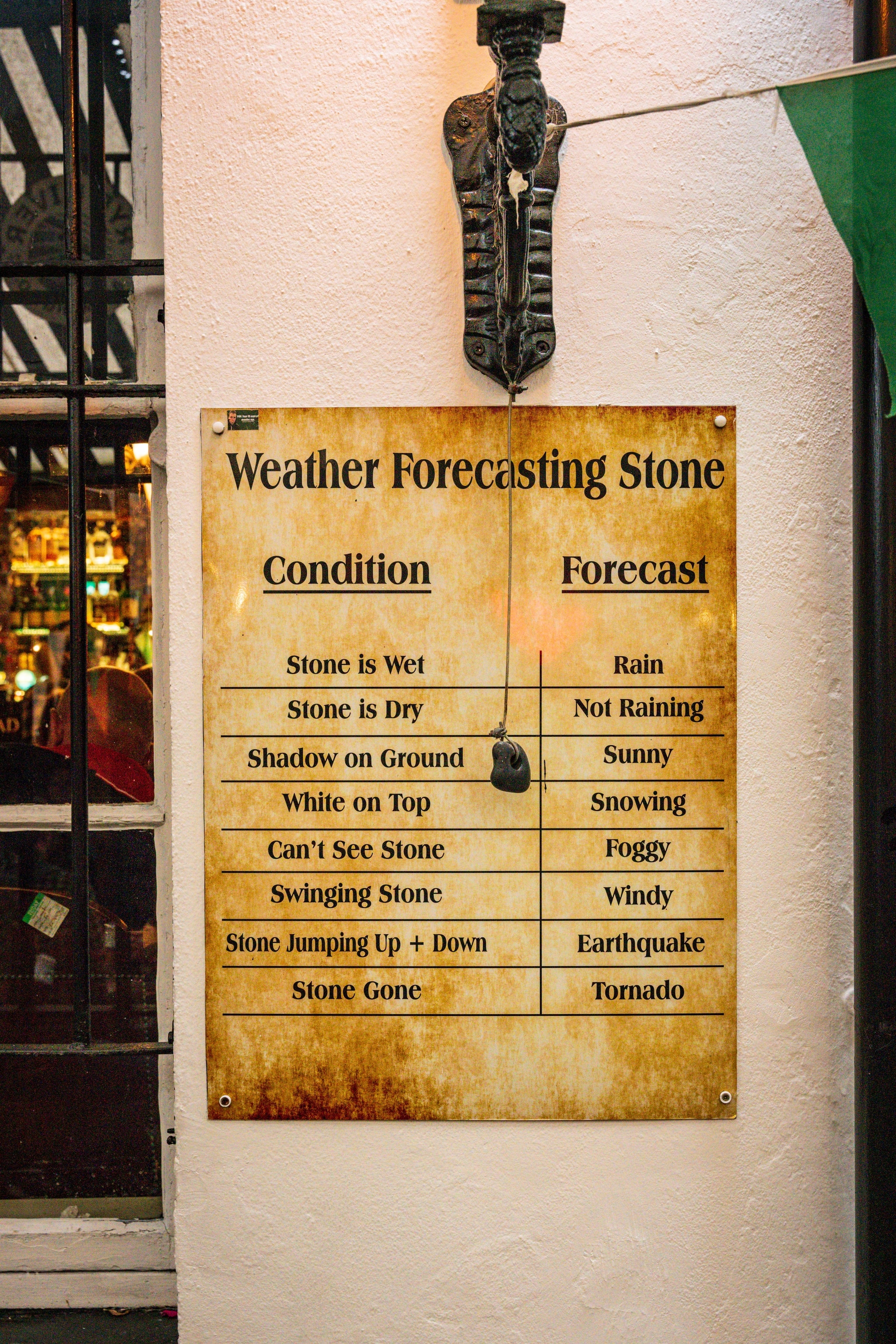
To wrap up your pub tour visit Guinness Storehouse. Once the world’s largest brewery, Guinness is inextricably tied to Dublin’s history. It also happens to be one of Ireland’s most popular tourist attractions. The site is worth a visit (book tickets in advance) even if you aren’t a fan of iconic dark stout.
Dublin’s Coolest Neighborhood
With its Victorian terraced cottages and brightly colored doors, Stoneybatter has been called one of the "coolest" neighborhoods in the world.
“It’s a really interesting contrast between traditional UK architecture and these really beautiful colored doors and window dressings … I get really excited when I find interesting things like that.”Jonathan Irish, National Geographic Photographer
Stoneybatter began as one of the city's earliest villages and by the late 17th century had become so filled with wandering animals in its streets that it earned the nickname "Cowtown." To this day, boot scrapers can be found outside some of its doors: People needed something and somewhere to wipe the mud from their shoes before entering.
The neighborhood remains one of the best-preserved parts of the city, where visitors mesh easily with students, young professionals, and creatives. One of the best spots to observe local life is at Slice, a neighborhood café and restaurant thats been serving up some of Dublin’s best brunch fare for the past decade (try their slow-cooked BBQ beef banh mi, smashed avocado toast, or fluffy buttermilk pancakes).
.jpg)
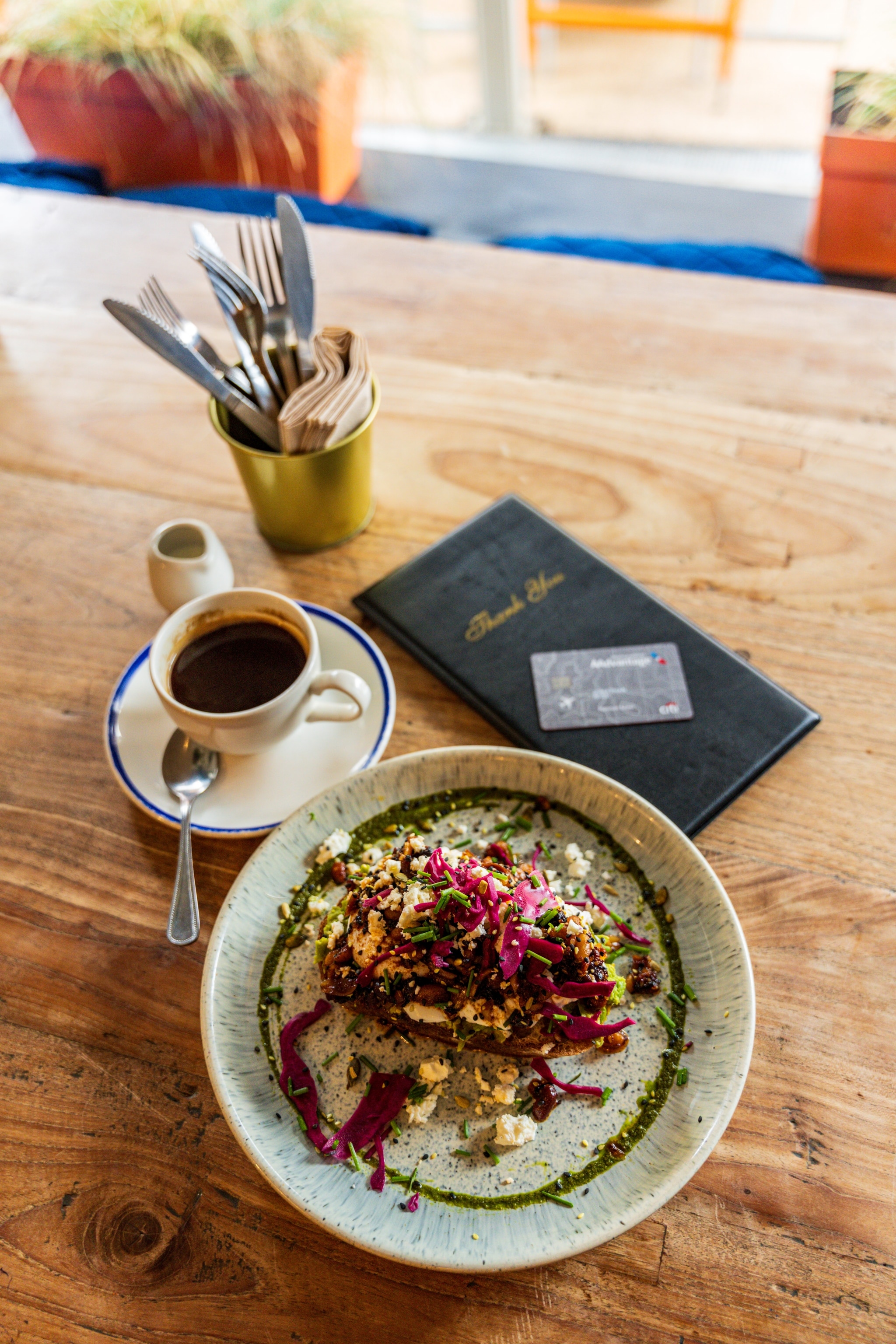
Jonathan also suggests perusing the shelves at The Lilliput Press. The famous publishing house was trusted with the first-ever Dublin-based printing of the classic 1920s novel Ulysses in 1997. It found its home in Stoneybatter when it moved to the neighborhood in 1989, quickly becoming one of the city’s most charming bookstores.
Urban Green Spaces
One of Europe’s largest city parks is Phoenix Park, known as the place "where Dublin goes to breathe." The park was once a royal hunting reserve. Today, all manner of wildlife, including a herd of wild fallow deer and an impressive array of birds, roam free. It’s the antidote for the hustle and bustle of city life. “You really feel like you’re away from it all,” Jonathan says.
Rent a bike from Phoenix Park Bikes to better explore the 1,750-acre park’s paths, Victorian Tea Rooms, woodlands, monuments and historic buildings. Save time to park your bike, sit on a bench, and soak in the gorgeous surroundings. Jonathan found a similar zen vibe on early morning photo walks along the River Liffey’s picturesque bridges, and recommends renting a kayak or booking a boat tour for a new perspective.
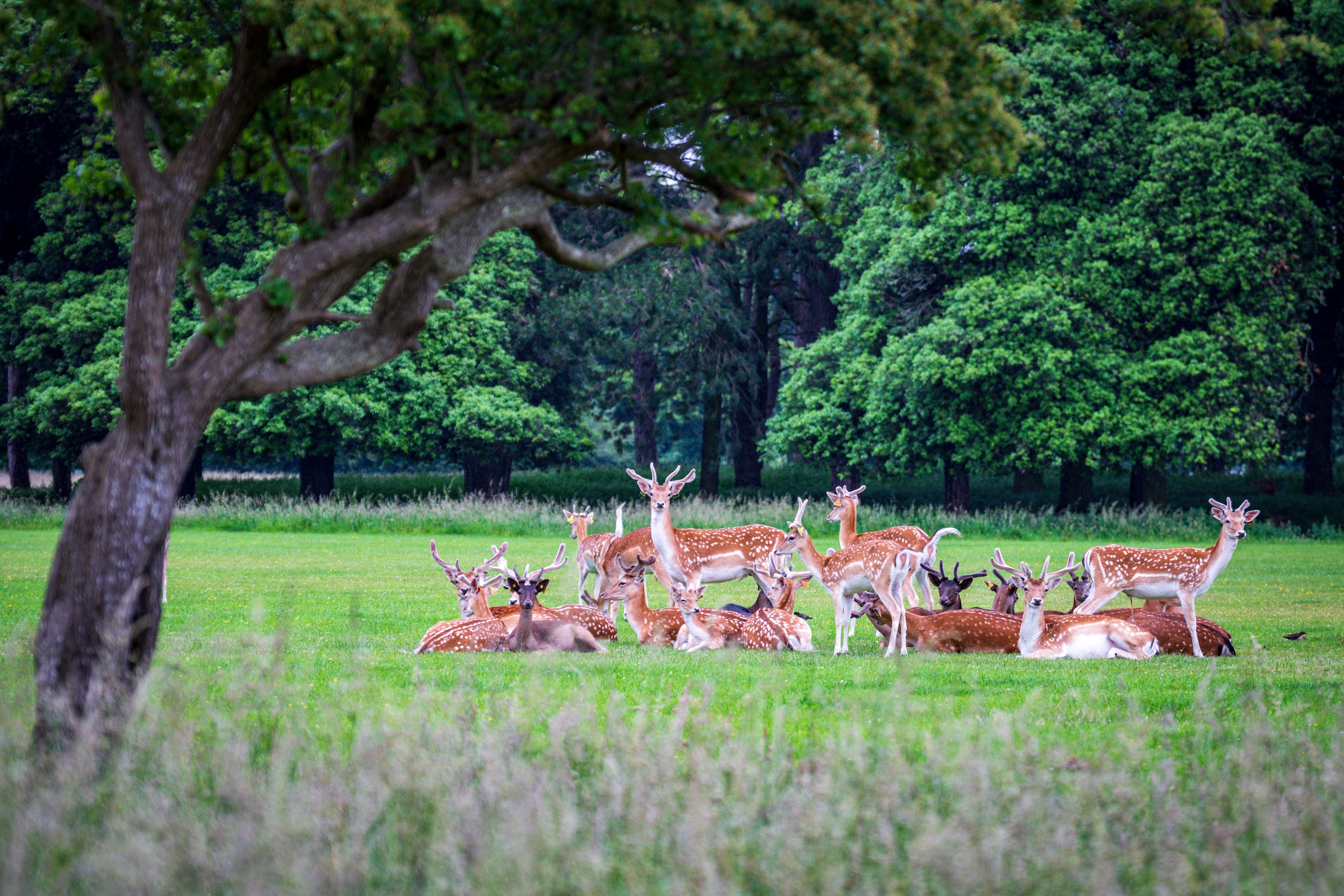
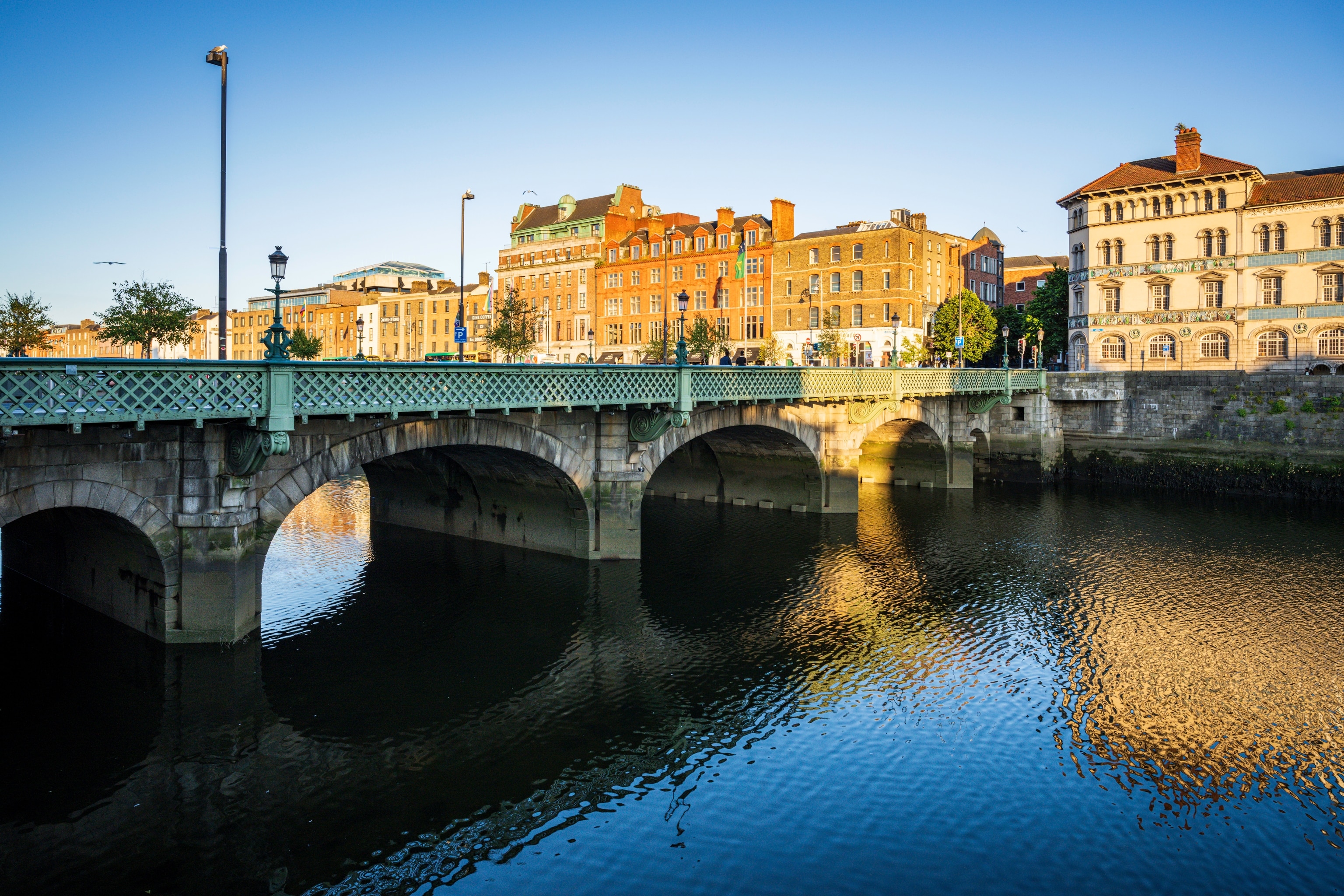
In the heart of Dublin, you’ll find St. Stephen’s Green. The enclosed 22-acre park, which sits just across from the famous Shelbourne Hotel (the first Irish Constitution was drafted in a room here in 1922), retains its Victorian garden oasis feel. Wander tree-lined paths past languishing swans and ornamental gardens.
.jpg)
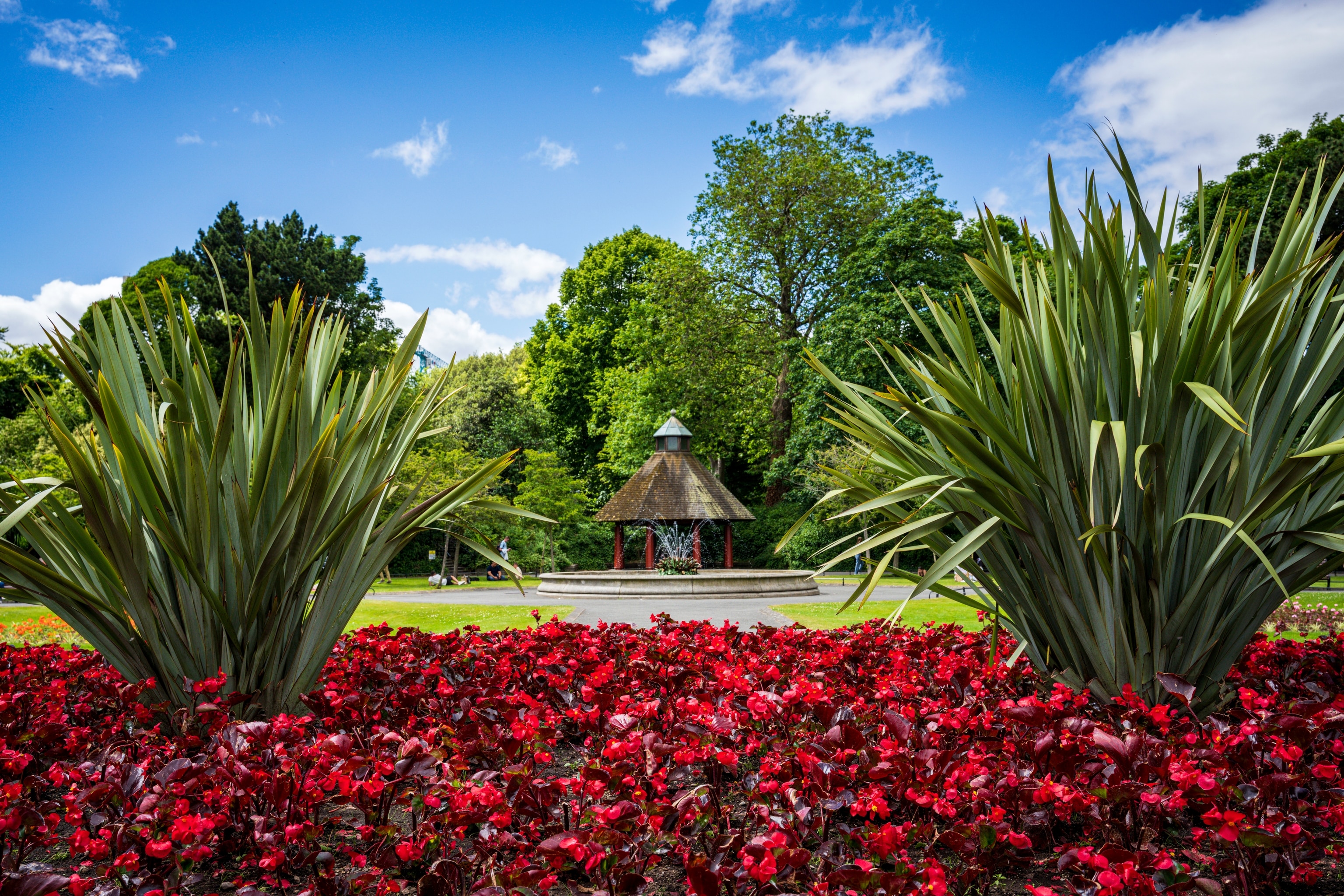
Beyond the gates of St. Stephen’s Green is Grafton Street, where shop windows are filled with fashion-forward deals and Dublin souvenirs. Grab a tasty "99" treat, an ice cream cone with a stick of flaky milk chocolate inserted at the top, then take in the slew of talented buskers, musicians who turn the streets into impromptu performance venues.
Irish Craftsmanship
For souvenirs, Jonathan suggests something iconically Irish.
“I bought a Merino wool blanket and a flat cap at the Aran Sweater Market,” he says, noting that the experience helped him better appreciate the intricate, subtlety of an Irish stitch. “Every family has their own stitch, and not only in sweaters, but blankets and everything. In the Aran Market there is a wall with all of the different stitches, with the names of the clans they are from. It was so fascinating,” he says.
"The simplest decision—to loop the wool a certain way, to overlap a stitch or interweave it—says so much about the family that made it."Jonathan Irish, National Geographic Photographer
Visitors will be tempted by the famous cable knit sweaters, or jumpers as they're known here, that originated in the Aran Islands off Ireland’s west coast. Clerks can offer insights into the handicraft art that has lasted for generations. If you’ve got Irish roots, make your purchase more meaningful by adding a family crest or choosing stitches from the official register of historic patterns.
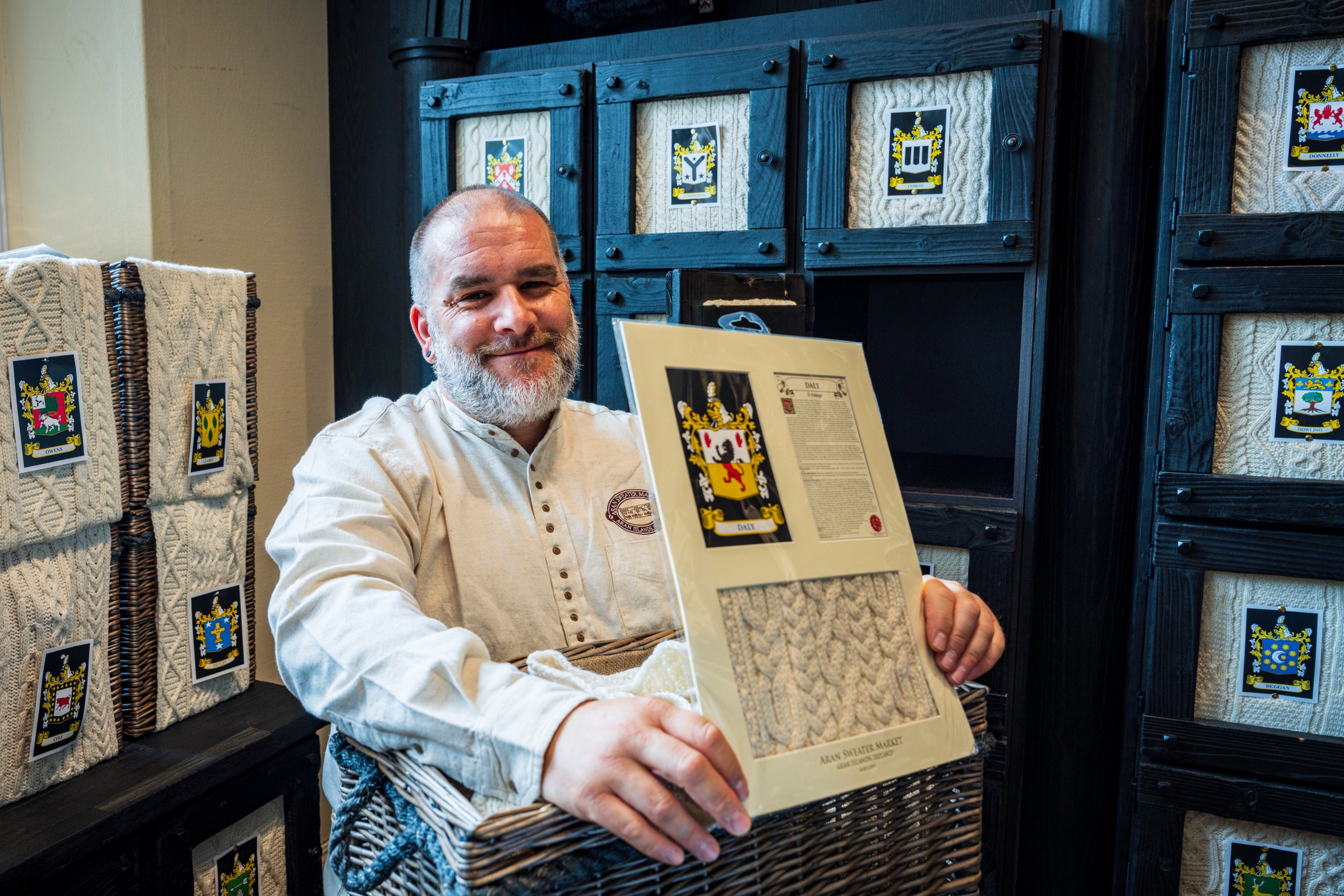

And So Much More…
Dive deeper into Dublin’s history by visiting the many castles that sit within the city limits. At the 13th-century Dublin Castle, you can tour a Viking settlement as well as the State Apartments that serve as the venue for presidential inaugurations. The castle’s Dubh Linn Garden and Christ Church Cathedral (less than a five-minute walk away) are two other worthwhile stops―and don’t miss Marsh’s Library, Ireland’s oldest public library, where you can take a peek at books dating back to the 17th century.
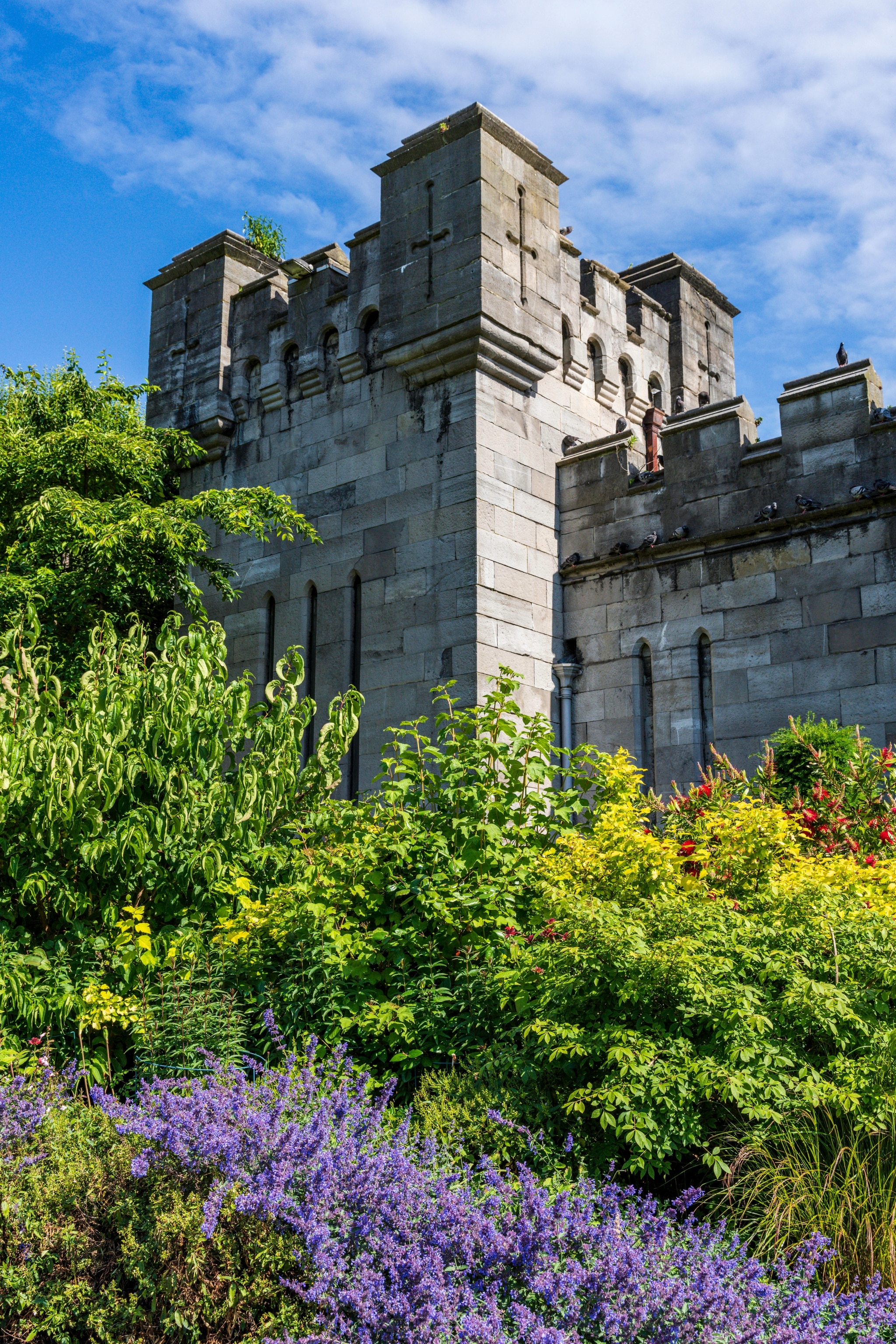
But that’s Dublin: a city where gems―hidden and otherwise―are shared as freely as tall tales in the pubs and neighborhoods open themselves up to you with a bite, a pint, and a conversation.
Jonathan’s advice: Slow down, take it all in―then explore even further.
"There’s so much to see in Ireland. And Dublin is just the start of it."Jonathan Irish, National Geographic Photographer